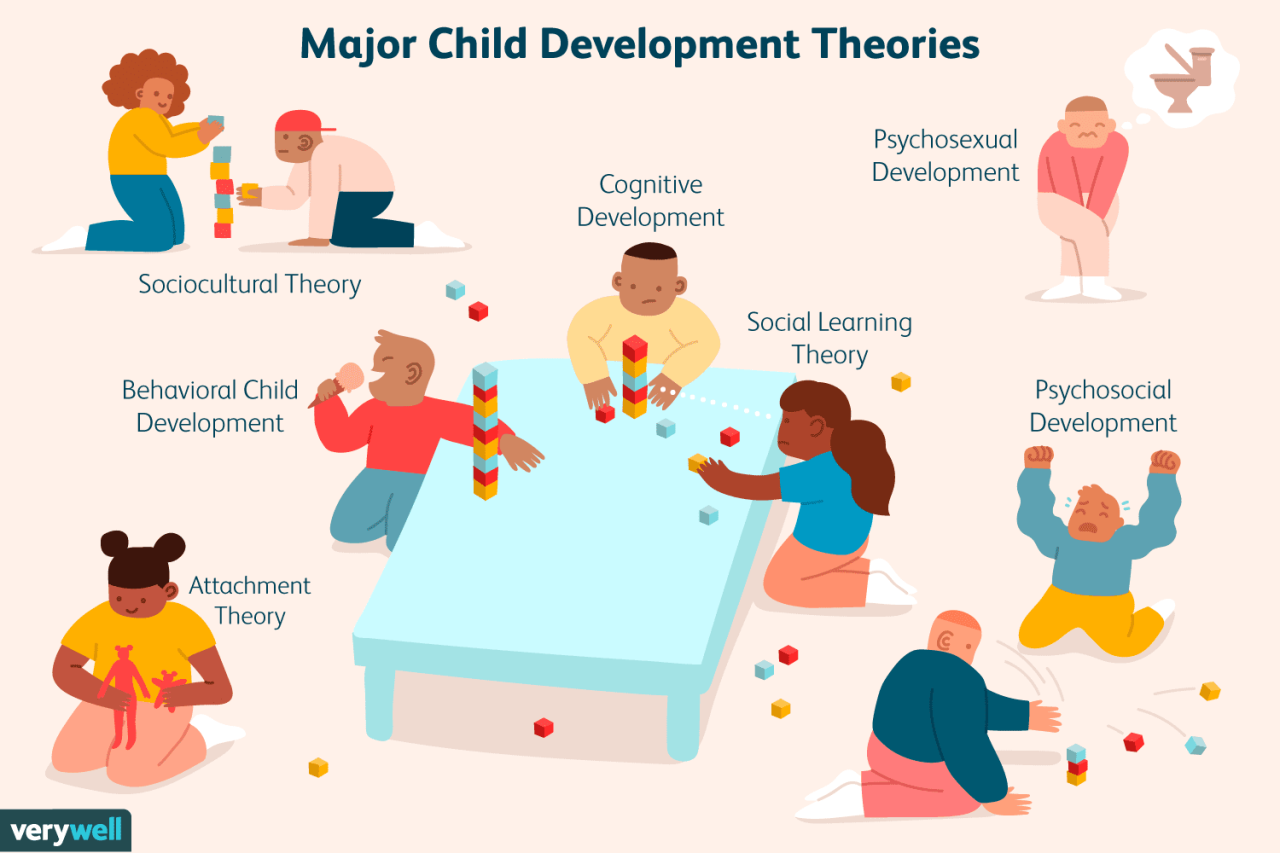Embark on an educational journey with our HOSA Human Growth and Development Practice Test. Dive into the captivating world of human development, exploring the intricacies of physical, cognitive, social, and emotional growth. Prepare yourself for success in the field of healthcare and beyond.
This practice test is meticulously designed to provide a comprehensive overview of the key concepts, theories, and milestones associated with human growth and development. As you navigate through the questions, you’ll gain a deeper understanding of the factors that shape our development from infancy to adulthood.
Key Concepts
Human growth and development is a multifaceted process that encompasses physical, cognitive, and psychosocial changes from conception to adulthood. Understanding the foundational principles of human development is crucial for healthcare professionals, educators, and individuals seeking to optimize human potential.
Theories and models provide frameworks for understanding the intricate interplay of biological, environmental, and sociocultural factors that shape human development. These include theories such as Piaget’s cognitive development theory, Erikson’s psychosocial development theory, and Vygotsky’s sociocultural theory.
Nature vs. Nurture
The nature versus nurture debate explores the relative contributions of genetics (nature) and environmental factors (nurture) in shaping human development. While genetics provide the foundation for our physical and cognitive abilities, environmental influences, including parental care, social interactions, and educational opportunities, play a significant role in shaping our development and overall well-being.
Physical Development: Hosa Human Growth And Development Practice Test

Physical development refers to the growth and changes in the body’s size, shape, and composition throughout the lifespan. These changes are influenced by a complex interplay of factors, including genetics, nutrition, and environment.
Physical development can be broadly divided into several stages, each with its own unique characteristics and milestones:
Infancy
- Newborns typically lose weight in the first few days after birth, then rapidly gain weight and grow in length.
- Head circumference increases significantly.
- Motor skills develop rapidly, with infants progressing from simple reflexes to crawling and walking.
Childhood
- Growth slows compared to infancy, but children continue to gain weight and height steadily.
- Permanent teeth begin to erupt.
- Fine motor skills and coordination improve, allowing children to engage in more complex activities.
Adolescence, Hosa human growth and development practice test
- Puberty, a period of rapid physical growth and sexual development, occurs.
- Secondary sexual characteristics develop, such as breasts in females and facial hair in males.
- Growth spurts can lead to significant changes in height and weight.
Adulthood
- Physical growth typically plateaus in early adulthood.
- Muscle mass and strength may decline with age, while body fat may increase.
- Bones become less dense, increasing the risk of osteoporosis.
Factors Influencing Physical Growth and Development
Numerous factors can influence physical growth and development, including:
Genetics
- Genes play a major role in determining an individual’s height, weight, and body composition.
- Genetic disorders can also affect physical development.
Nutrition
- A balanced diet is essential for optimal physical growth and development.
- Nutrient deficiencies can lead to growth problems and other health issues.
Environment
- Environmental factors such as exposure to toxins, pollution, and stress can impact physical development.
- Physical activity and exercise can promote healthy growth and development.
Milestones and Assessments
Healthcare professionals use various milestones and assessments to monitor physical development and identify potential problems:
- Growth charts track height, weight, and head circumference.
- Physical exams assess overall health and development.
- Motor skills assessments evaluate coordination, balance, and fine motor abilities.
By monitoring physical development and addressing any concerns promptly, healthcare professionals can help ensure that children reach their full potential.
Cognitive Development
Cognitive development refers to the gradual changes in an individual’s ability to think, learn, and solve problems. Jean Piaget proposed a theory of cognitive development that divides childhood into four stages: sensorimotor, preoperational, concrete operational, and formal operational.
Piaget’s Stages of Cognitive Development
- Sensorimotor (birth to 2 years):Infants explore the world through their senses and motor skills. They learn about object permanence and develop a basic understanding of cause and effect.
- Preoperational (2 to 7 years):Children begin to use language and symbols to represent their thoughts. However, they struggle with logical reasoning and conservation (the idea that certain physical properties remain the same despite changes in appearance).
- Concrete Operational (7 to 11 years):Children develop the ability to think logically about concrete objects and events. They can understand conservation and solve simple problems.
- Formal Operational (11 years and up):Adolescents and adults develop the ability to think abstractly and hypothetically. They can engage in complex reasoning and solve problems that involve multiple variables.
Other Theorists
Other theorists have proposed additional stages and perspectives on cognitive development, including:
- Vygotsky:Emphasized the role of social interaction and culture in cognitive growth.
- Information Processing Theory:Focuses on how individuals process and store information.
- Neuroscience:Explores the neural basis of cognitive abilities.
Role of Language, Play, and Social Interaction
Language, play, and social interaction play crucial roles in cognitive development. Language allows children to communicate their thoughts and ideas, which facilitates problem-solving and logical reasoning. Play provides opportunities for children to explore and experiment, which helps them develop cognitive skills.
Social interaction with peers and adults exposes children to different perspectives and challenges, promoting cognitive growth.
Cognitive Abilities at Different Stages
- Sensorimotor:Object permanence, simple cause-and-effect understanding
- Preoperational:Symbolic representation, egocentrism, difficulty with conservation
- Concrete Operational:Logical reasoning about concrete objects, conservation, simple problem-solving
- Formal Operational:Abstract thinking, hypothetical reasoning, complex problem-solving
Social and Emotional Development

Social and emotional development encompasses the intricate changes in an individual’s ability to interact with others, understand and manage emotions, and establish meaningful relationships. Understanding these changes is crucial for fostering healthy growth and well-being throughout the lifespan.
Numerous theories have been proposed to explain social and emotional development, including:
- Attachment Theory:Emphasizes the significance of early caregiver relationships in shaping an individual’s ability to form secure attachments and develop healthy emotional bonds.
- Social Learning Theory:Highlights the role of observation, imitation, and reinforcement in acquiring social and emotional behaviors.
- Cognitive Developmental Theory:Focuses on the cognitive changes that occur as individuals progress through different stages of development, influencing their social and emotional understanding.
Importance of Attachment, Relationships, and Social Interactions
Attachment, relationships, and social interactions play a vital role in healthy social and emotional development. Secure attachments in infancy and early childhood contribute to:
- Enhanced self-esteem and confidence
- Improved ability to regulate emotions
- Greater empathy and social competence
Throughout the lifespan, positive relationships and social interactions provide individuals with:
- A sense of belonging and purpose
- Opportunities for emotional expression and support
- Feedback and guidance for navigating social situations
Social and Emotional Milestones and Challenges
Social and emotional development occurs gradually throughout the lifespan, with significant milestones and challenges emerging at different stages:
- Infancy:Attachment formation, emotional expression, and early social interactions
- Early Childhood:Development of self-awareness, empathy, and play skills
- Middle Childhood:Expansion of social networks, peer relationships, and moral reasoning
- Adolescence:Search for identity, emotional intensity, and increased social awareness
- Adulthood:Establishment of intimate relationships, parenting, and career development
- Late Adulthood:Retirement, grandparenting, and coping with age-related changes
Each stage presents unique opportunities for growth and challenges that can shape an individual’s social and emotional well-being.
Assessment and Intervention
Understanding human growth and development is essential for ensuring the well-being of children and adolescents. Assessment plays a crucial role in identifying potential developmental delays or concerns, while interventions provide support and strategies to promote healthy development.
Methods of Assessment
- Standardized Testing:Standardized tests are designed to measure specific aspects of development, such as cognitive abilities, language skills, and motor development. These tests provide standardized norms for comparison and can help identify children who may need further evaluation or support.
- Observation:Observation involves observing a child’s behavior in various settings, such as at home, school, or during play. Observational assessments can provide valuable insights into a child’s developmental progress and social interactions.
- Interviews:Interviews with parents, teachers, and caregivers can provide information about a child’s development, family history, and any concerns or challenges.
- Medical Examinations:Medical examinations can assess a child’s physical growth, nutritional status, and overall health, which can influence developmental progress.
Role of Standardized Testing and Observation
Standardized testing and observation are valuable tools in developmental assessment. Standardized tests provide objective measures of specific developmental domains, while observation allows for a more comprehensive understanding of a child’s behavior and interactions in different contexts.
Interventions and Strategies
Early intervention is crucial for supporting healthy development in children and adolescents. Interventions can include:
- Early Childhood Education:High-quality early childhood education programs can provide children with essential learning experiences and support their cognitive, social, and emotional development.
- Special Education Services:Children with developmental delays or disabilities may benefit from specialized education services, such as speech therapy, occupational therapy, or physical therapy.
- Family Support:Providing support and resources to families can empower them to create a positive and nurturing environment for their children.
- Community Programs:Community programs, such as after-school programs or mentoring initiatives, can provide additional opportunities for children and adolescents to develop their skills and build positive relationships.
Cultural and Contextual Influences
Culture, ethnicity, and socioeconomic status profoundly shape human growth and development. Societal norms, values, and beliefs create a framework within which individuals develop, influencing their physical, cognitive, social, and emotional trajectories.
Cultural variations in developmental milestones and practices are evident across societies. For instance, the age at which children begin to walk or talk may vary based on cultural expectations and practices. In some cultures, infants are encouraged to walk early through physical stimulation, while in others, they are allowed to develop at their own pace.
Impact of Culture, Ethnicity, and Socioeconomic Status
Culture influences beliefs about parenting, child-rearing practices, and expectations for children’s behavior. Ethnic and socioeconomic factors also play a role, shaping access to resources, educational opportunities, and healthcare, which can have a significant impact on developmental outcomes.
Societal Norms, Values, and Beliefs
Societal norms, values, and beliefs create a cultural context that influences how individuals develop. These norms and beliefs shape expectations for children’s behavior, aspirations, and self-perceptions. For example, in cultures that emphasize academic achievement, children may experience pressure to excel in school, while in cultures that value social harmony, children may be more likely to prioritize relationships.
Examples of Cultural Variations
- Attachment styles:Secure attachment is more common in cultures that emphasize close parent-child relationships, while insecure attachment is more prevalent in cultures with more distant relationships.
- Cognitive development:Children in cultures that emphasize storytelling and oral traditions may have stronger verbal skills, while those in cultures that value scientific reasoning may excel in math and science.
- Gender roles:Cultural norms and beliefs about gender roles can influence children’s behavior, aspirations, and self-esteem.
Final Review

By engaging with this practice test, you’ll not only assess your knowledge but also refine your critical thinking and problem-solving skills. The insights gained will empower you to support healthy development in children and adolescents, fostering their well-being and maximizing their potential.
FAQ
What is the purpose of this practice test?
This practice test is designed to help individuals prepare for the HOSA Human Growth and Development exam, assess their knowledge, and identify areas for improvement.
What topics are covered in the practice test?
The practice test covers a comprehensive range of topics related to human growth and development, including physical, cognitive, social, and emotional development.
Is this practice test timed?
No, this practice test is not timed, allowing you to complete it at your own pace and focus on understanding the concepts.


